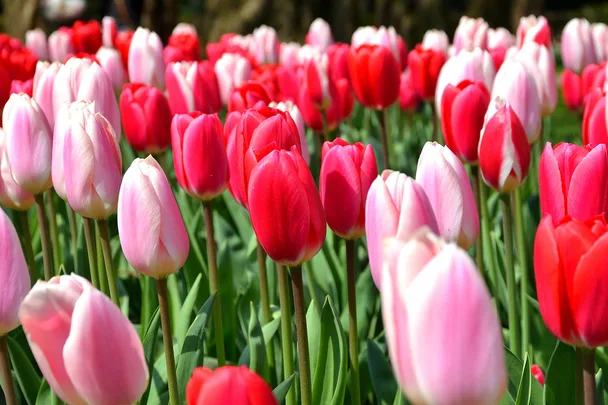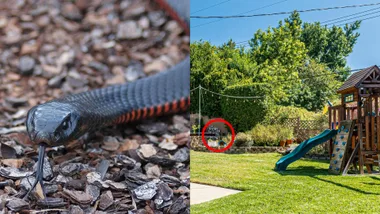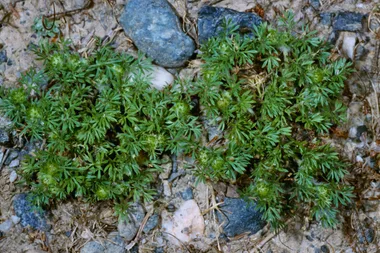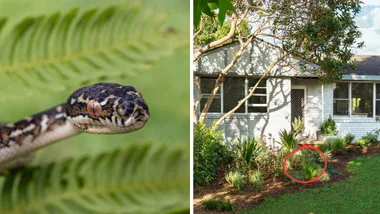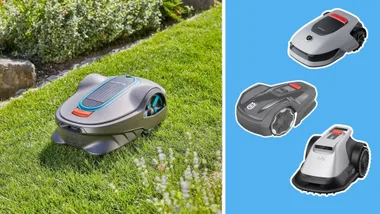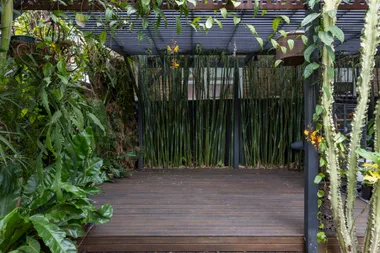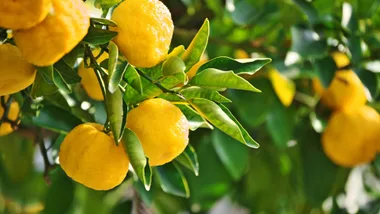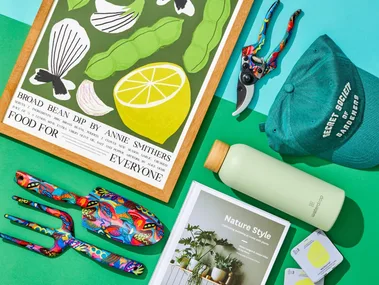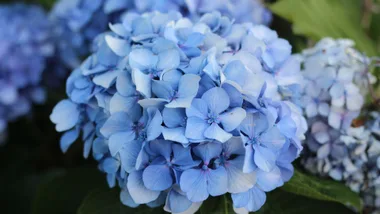Few flowers fill the soul with springtime elation, quite like bulbs. Glowing yellow daffodils, pastel hyacinths, vibrant tulips, delicate freesias – the list goes on and on.
WATCH: Joh and Graham visit Hartdale gardens
As fragrance wafts from their frilly flowers, spring bulbs are just what you need to turn the winter chills into the thrill of spring. And now – in autumn – is the time to plant your bulbs while the earth is still warm and soft. Then, when the late winter sun starts to arch higher in the sky, they’ll jump up from their slumber, bringing your garden back to life with vibrant colour, vigour and passion. All it takes is a gentle nudge from that still-wimpy sun!
Where to buy spring bulbs
Spring bulbs, like this plant and forget bulbs collection, are commonly available at various places, depending on your location and preferences.
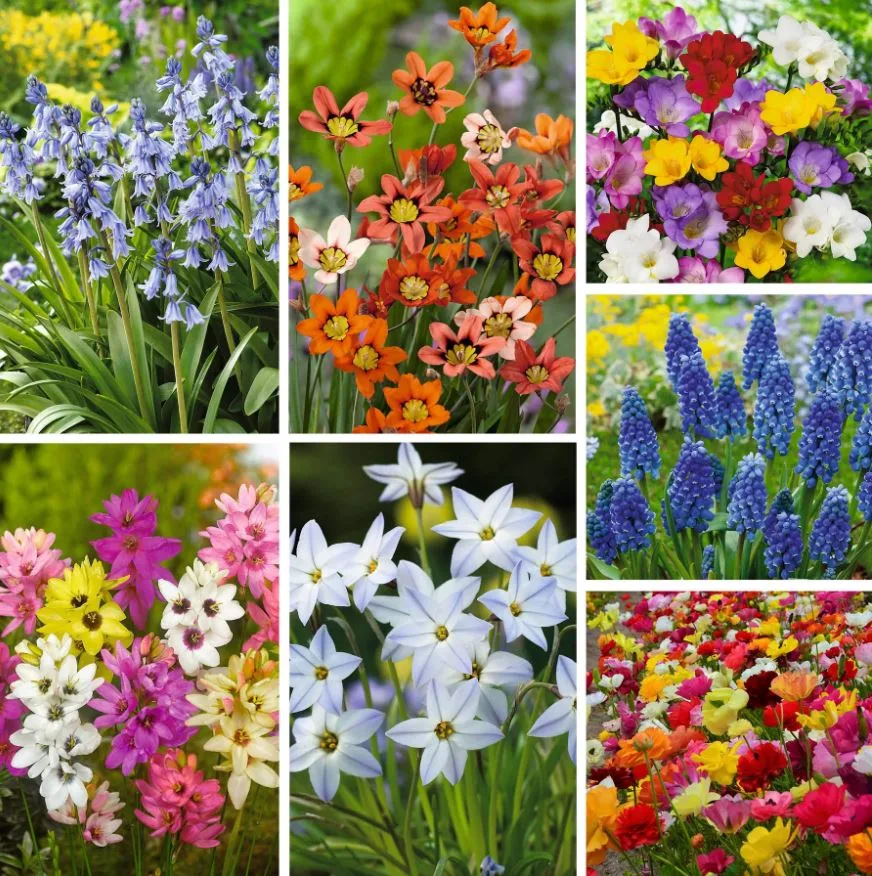
How to grow bulbs
Climate
Generally speaking, bulbs prefer a sunny spot in the garden, however, there are varieties which will tolerate light shade, especially when grown in warmer regions. If you have a shady spot that needs brightening up, plant snowdrops (Galanthus sp) or snowflakes (Leucojum sp).
Position
Position your bulbs in the garden according to their height and colour. Taller varieties should be planted towards the rear of garden beds, with low-growing types towards the front. Plant them in generous groups for maximum impact. You can scatter bulbs through lawn areas, too – the traditional technique is to throw handfuls over the grass, then plant them where they land.
Aspect
Bulbs need plenty of sun to grow and flower, though most are quite happy with filtered shade during the afternoon. A few varieties – bluebells, snowflakes and daffodils – also do well under deciduous trees, where they can bloom before the shade from the emerging foliage becomes too dense.
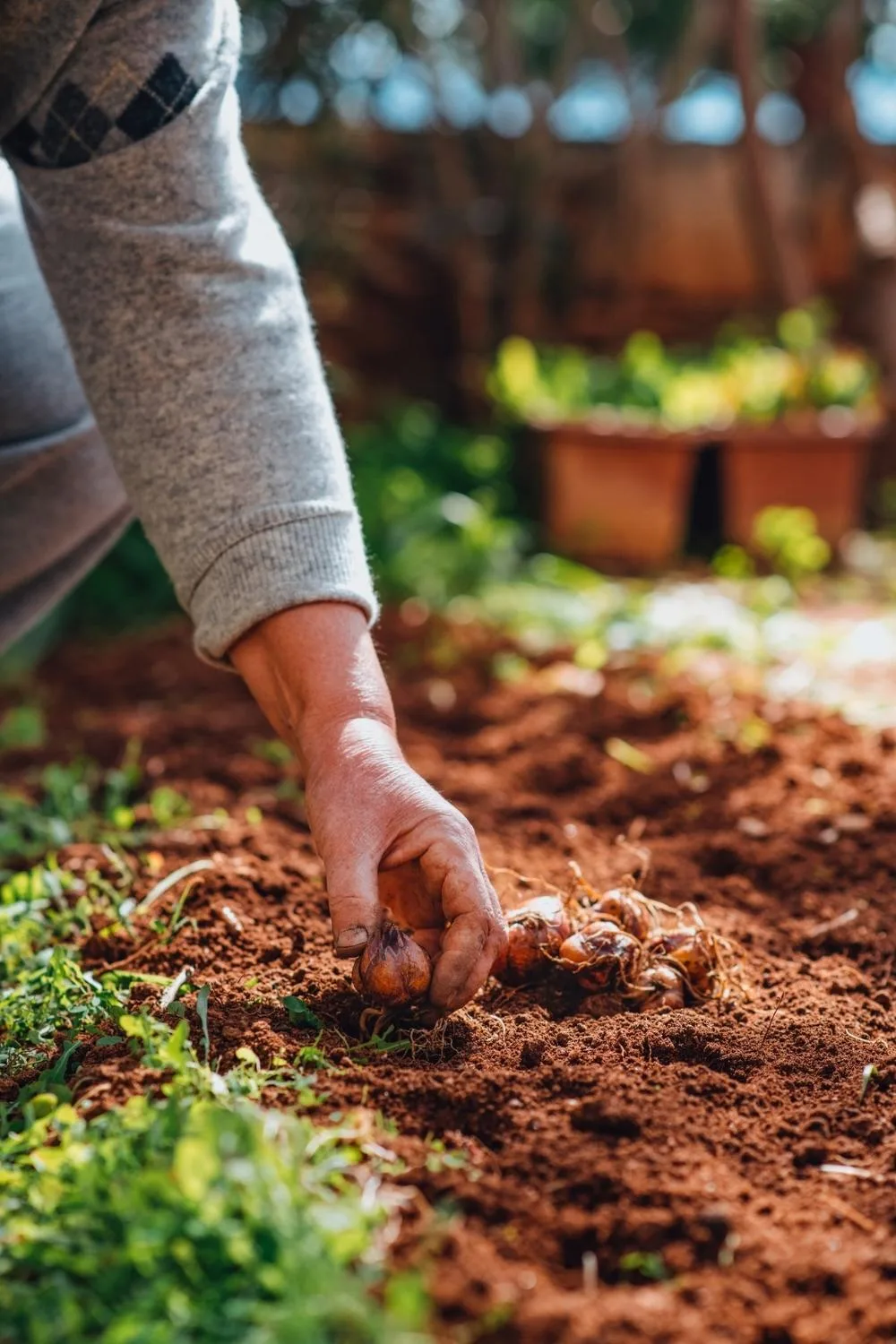
Soil
Bulbs need to be planted into free-draining soil, as they hate to be constantly wet (saturated soils can cause bulbs to rot) and will rot if they’re constantly moist, so avoid heavy wet clays. Prepare the soil as you would for any other garden plant, turning it over and incorporating some organic compost to improve the texture, as well as a dressing of blood and bone. If your soil is poorly structured, consider creating a raised bed filled with a good-quality garden mix, or else grow them in pots and tubs. The soil should be slightly acidic, so dig in organic fertiliser before planting.
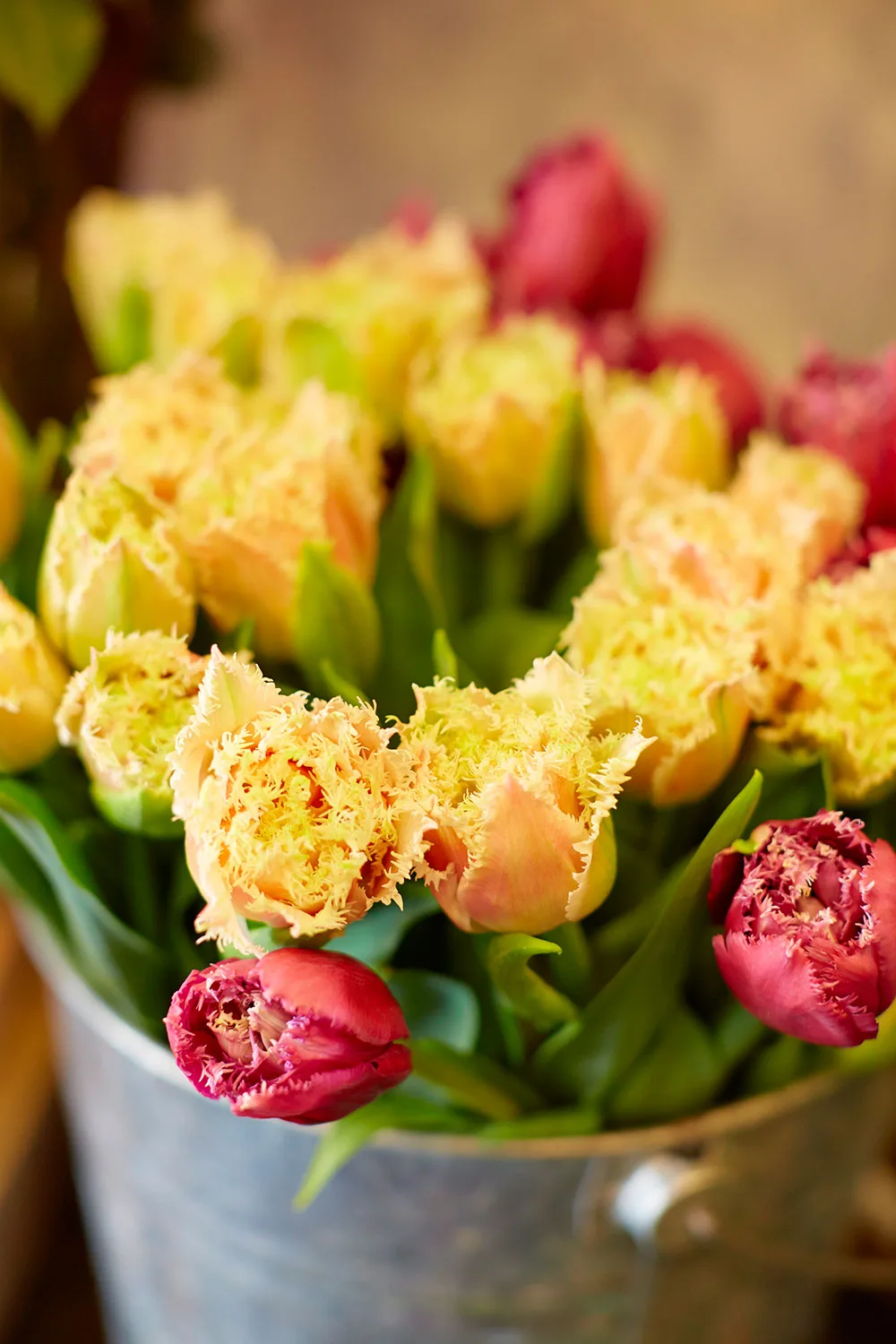
When to plant bulbs
Plant bulbs in April for cool and cold regions and in May for warmer areas when the weather and soil cooled down.
TIP: Give cold-climate bulbs, such as tulips and hyacinths, a spell in the fridge for 5-6 weeks before planting. This false winter chill produces stronger plants and better flowers.
How to plant bulbs in your garden
Check the packet instructions, but there are two traditional rules for planting bulbs. First, plant them at a depth equal to approximately twice their width. Second, plant with the pointy end facing up (except in the case of ranunculi and anemones, which are technically corms and planted with the pointy end down).
You can either dig individual planting holes for each bulb using a narrow trowel or, if you’re creating a massed effect, dig one broad hole and lay them out before back-filling with soil. For planting bulbs in a lawn area, a bulb planter is a useful tool: these remove a small core of earth, so you can pop in the bulb, replace the grass and wait till they emerge.
After planting, sprinkle a little fertiliser over the soil and water well.
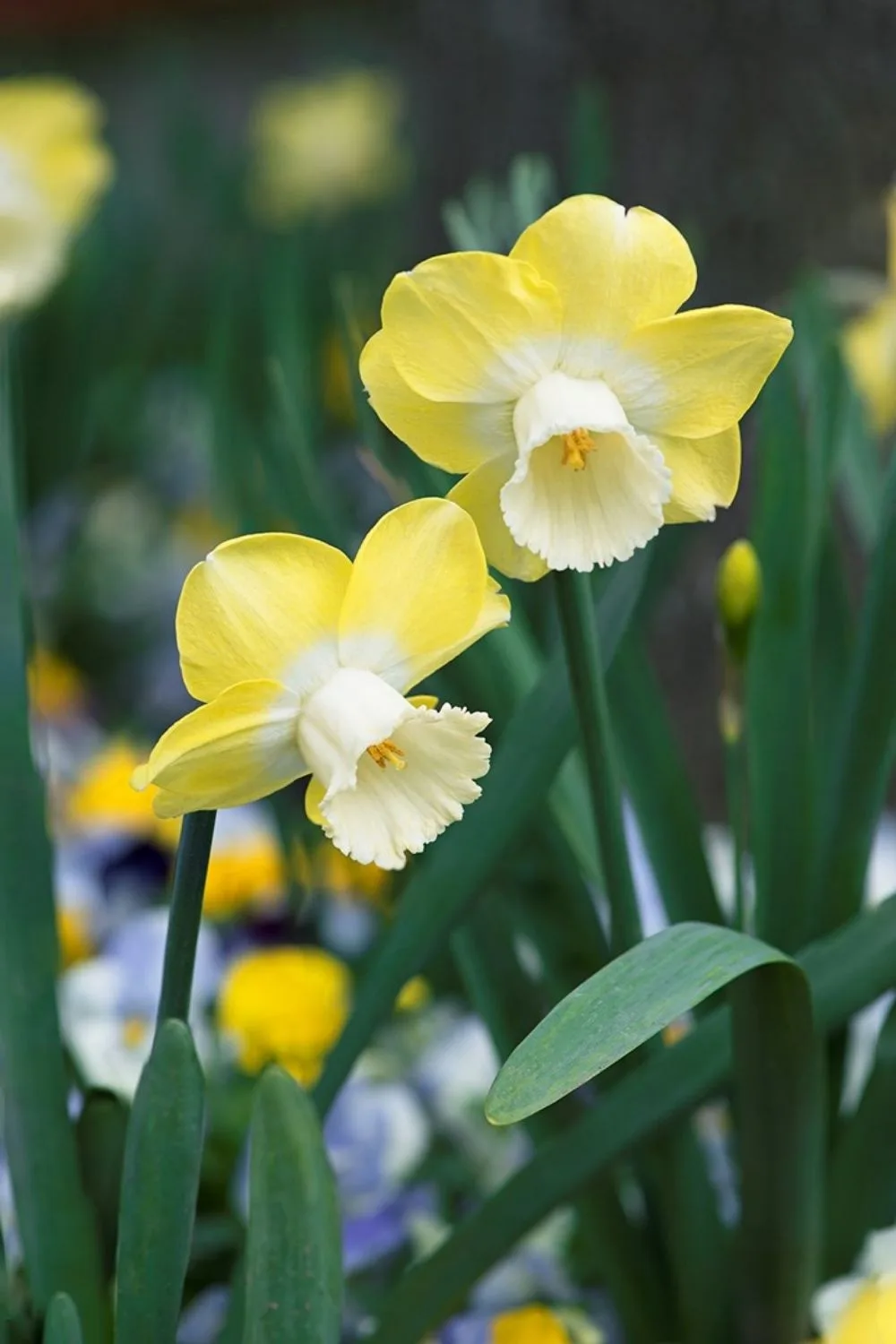
How to care for your bulbs
Bulbs require very little attention and most are low-maintenance. After planting, water immediately and then you can just forget about them until the flower buds begin to appear. At this stage, the plants will benefit from feeding with a soluble fertiliser to boost the display.
After flowering, as the blooms start to fade, leave the plants to die down naturally. Bulbs reclaim nutrients from their foliage, which they use to produce next year’s flowers. While bulbs can be dug up and stored until next year, it’s generally best to buy new bulbs annually to ensure you get the best display. Those that remain in the garden will not be wasted – they’ll simply add to the overall effect.
In colder climates, you’re more likely to get multiple seasons from your tulips, hyacinths and daffodils than you are if you live in a mild coastal area.
To note, certain bulb varieties sprout their foliage quite quickly, while others take several weeks. No special attention is needed in the winter months – just water if the soil starts to dry out.
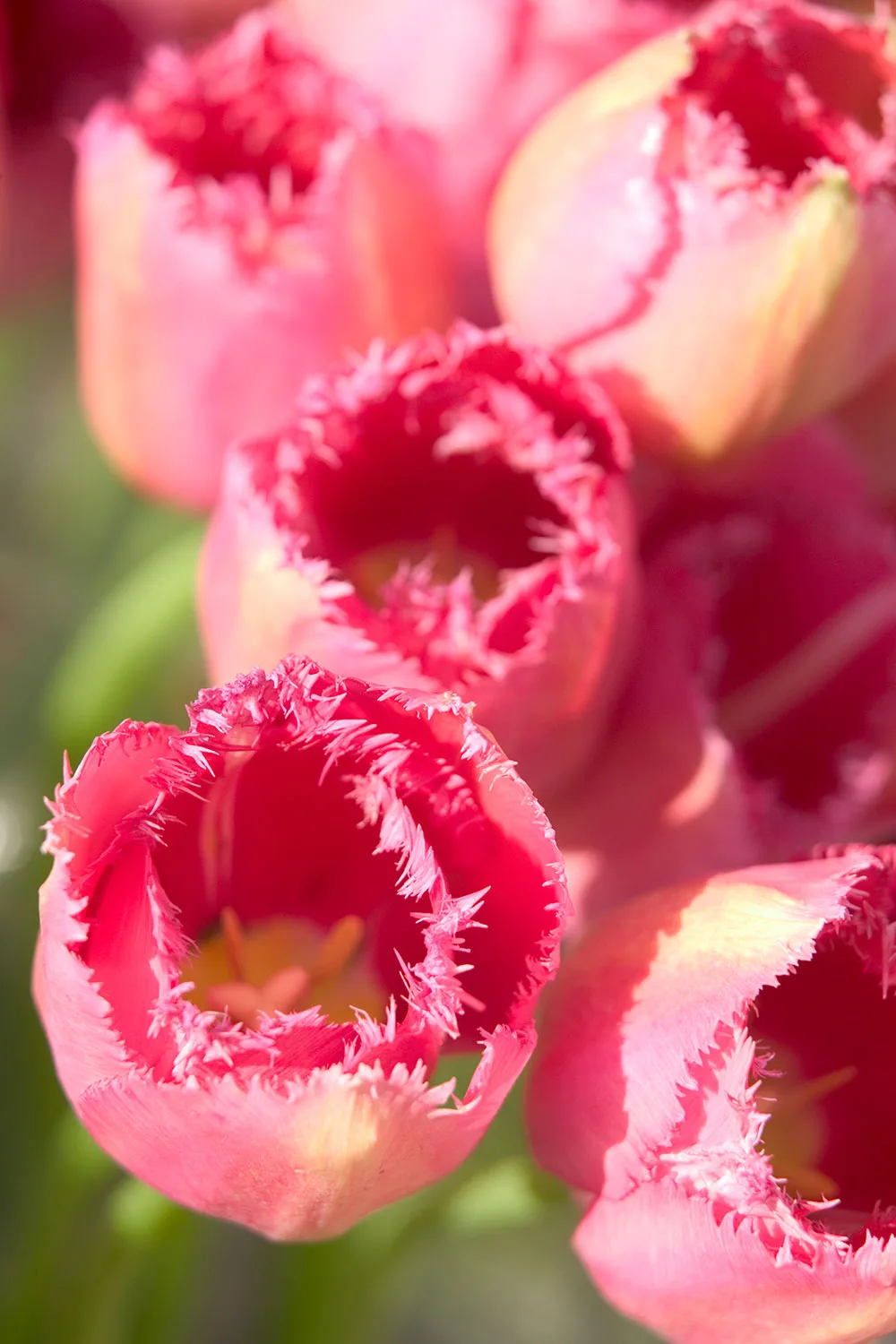
How to grow your bulbs in pots
Bulbs grow well in pots, some easier than others, creating wonderful seasonal displays for balconies and verandahs and make for space-savers if you’re short on garden space. The added advantage is you can move them around to follow the sun, or bring them indoors for a couple of days at a time.
- Finding the right pot is important, terracotta is best for pots because its porous nature allows excess moisture to escape. Ensure they have good drainage holes. If you can, avoid dark plastic or metal containers as they can get too hot for the bulbs. Or move to a shady spot during the hottest part of the day.
- Use a specialised bulb planting mix (if available), or a good-quality potting mix that is free draining so the bulbs don’t rot from too much moisture.
- Plant the bulbs at their recommended depths, but closer together than you would in the garden – about half their recommended spacings. This produces a lovely dense flower display.
- Keep your bulbs cool by putting pots in the shade until they start to grow, then bring them into the sun.
- You can either opt for a one-flower look, or else create a mini potted garden in a large container, using several different bulb varieties. To achieve the latter, plant the bulbs in layers within the pot, according to their preferred planting depths. Ensure the container has drainage holes and always use a good-quality, free-draining potting mix.
- Water periodically, so the mix stays moist, but not saturated. When the flower buds start to appear, apply doses of liquid fertiliser every two weeks.
- When they’re in bloom, potted bulbs can be brought indoors to enjoy. Give them a well-lit, airy position or a sunny windowsill.
- At the end of the flowering season, after the foliage has died back, empty out the pot and store the bulbs somewhere dark and dry for replanting next year.
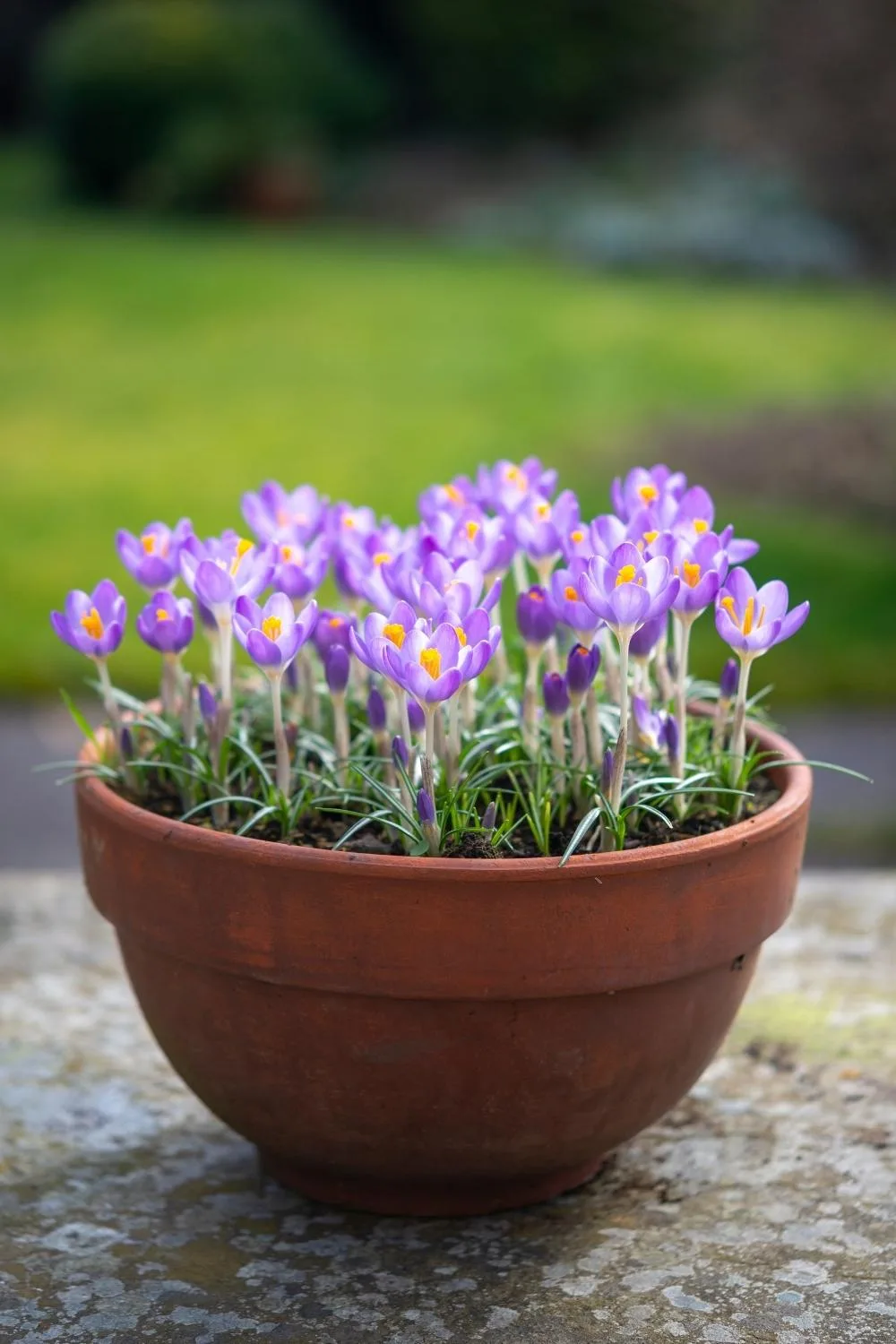
What is the best way to grow bulbs?
With so much flower impact to offer, bulbs can easily become the highlight of a spring garden, if you use them to best effect. While it may not be practical, or economical, to create huge displays of massed flowers (leave that to the public parks), you can still get loads of bang for your buck by concentrating your bulb-growing efforts in the right focal point spots and making good use of container displays. And remember, courtyard and balcony gardens also offer plenty of opportunities to enjoy the colourful delights of spring bulbs. Even a sunny window box can be a source of brightness and delight.
Tips for growing bulbs
- Put the flat side of tulip bulbs against the pot side. The first leaves emerge from the flat side and they will drape over the edge, softening the pot.
- Layer your bulbs by putting taller ones in the pot first, adding more potting mix, then planting shorter flowering bulbs. Cover with more mix. If you have a big enough pot, add even more layers.
- Choose bulbs that are plump, firm and dry. If they’re soft to touch they may not produce any flowers.
- The bigger the bulb of a variety, the greater the chance of big, bold blooms.
- Cover your soil with organic mulch to help deter weeds.
- If your dog loves to dig, cover the bulbs with chicken wire until the leaves start to emerge.
- If you don’t like the effect of mass planting, go random by tossing your bulbs on the ground and then planting where they land.
- Theme your colours by planting burnt gold and deep burgundy tulips and scatterings of rich orange spring wallflowers – they should never be left alone on the shelf again!
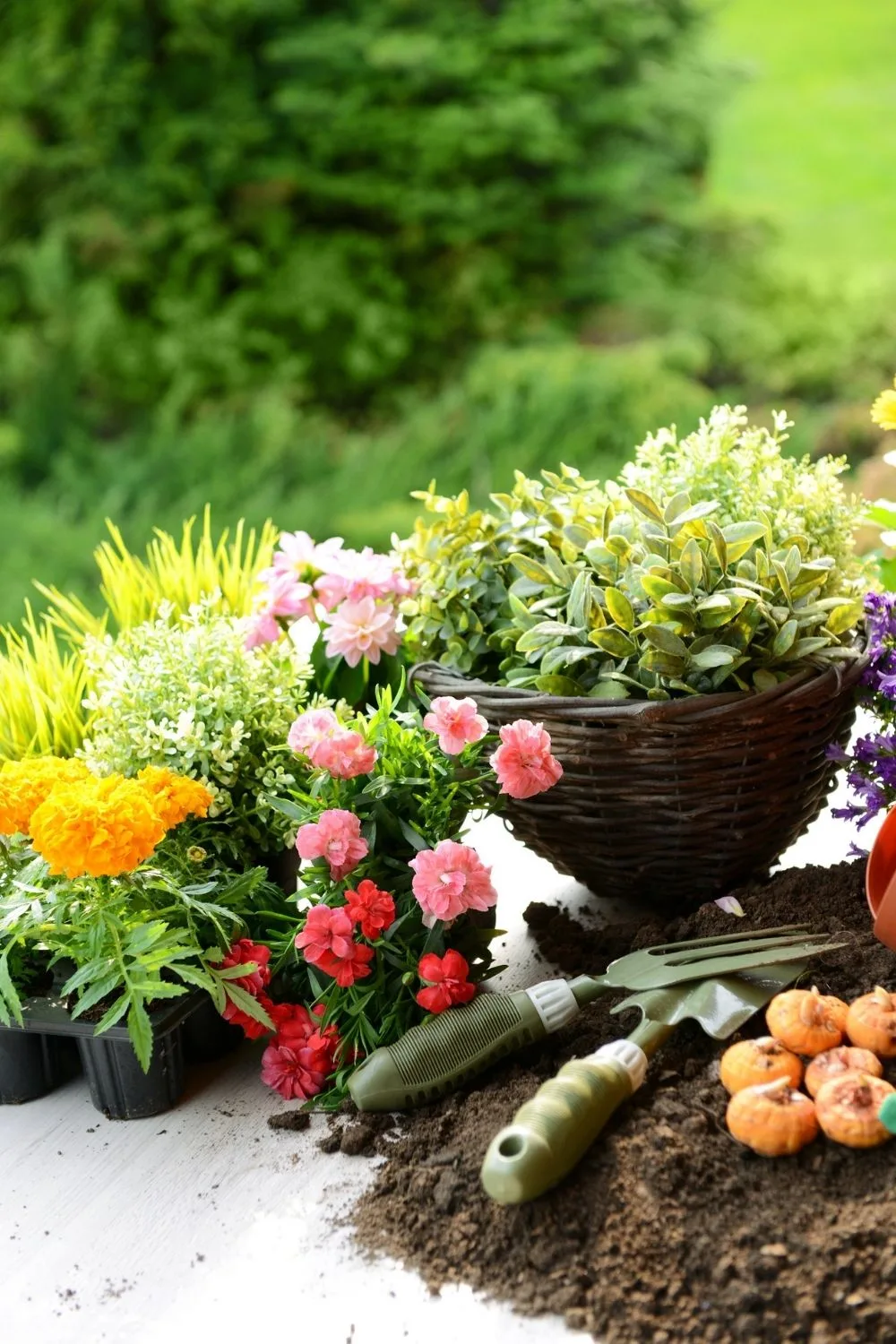
What bulbs for balcony pots?
- Against a sunny balcony railing, create a spring bulb display using long trough planters. Try a combination of yellow daffodils with an edging of lower-growing grape hyacinths for a splash of blue. Or, swap out the daffodils for one of the compact tulip varieties.
- Create impact with repetition. Gather a selection of similar pots – classic terracotta look great – and plant them all up with the same bulb variety. You’ll get the impact of a massed planting, but on a mini scale. You can position the pots in a cluster, on
a set of steps, or along a window ledge. - Give your courtyard or balcony a central focus by composing a large ‘layered’ pot, filled with a mix of bulb varieties. Use a container at least 35–40cm wide, and fill with a top-quality potting mix. Plant the bulbs at their recommended depths, staggering each layer slightly so they’re not sitting directly on top of each other. For the best effect, go for a combination of tall, medium and short growing bulbs – how about tulips, hyacinths and grape hyacinths? Glorious!
- Think about going up. If it’s safe, grow your bulbs in narrow pots on the handrails of your balcony.
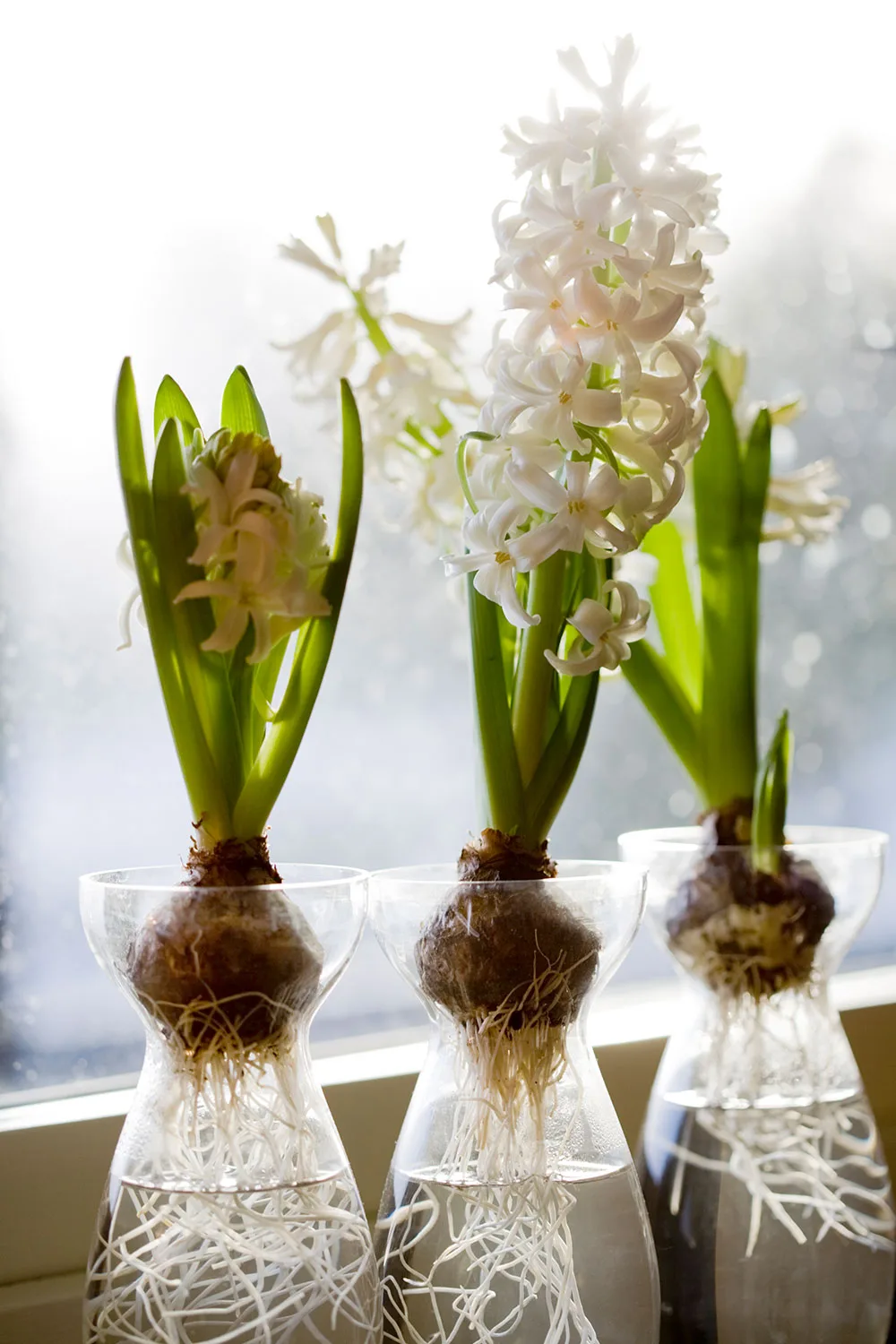
Best bulbs for indoors
The best bulbs for indoor display are hyacinths, daffodils and tulips. You can grow hyacinths indoors in an hourglass-shaped vase so you can see the roots grow and shoots emerge. Here’s how.
- Fill the bottom half with water and pop the bulb on the top of the vase, ensuring water is about 5mm below the bulb.
- Keep the jar in a dark cupboard for several weeks while the roots and shoots develop, then gradually bring it
into gentle then bright light, but not direct sunlight. - To encourage roots to grow and be sure to change the water daily.
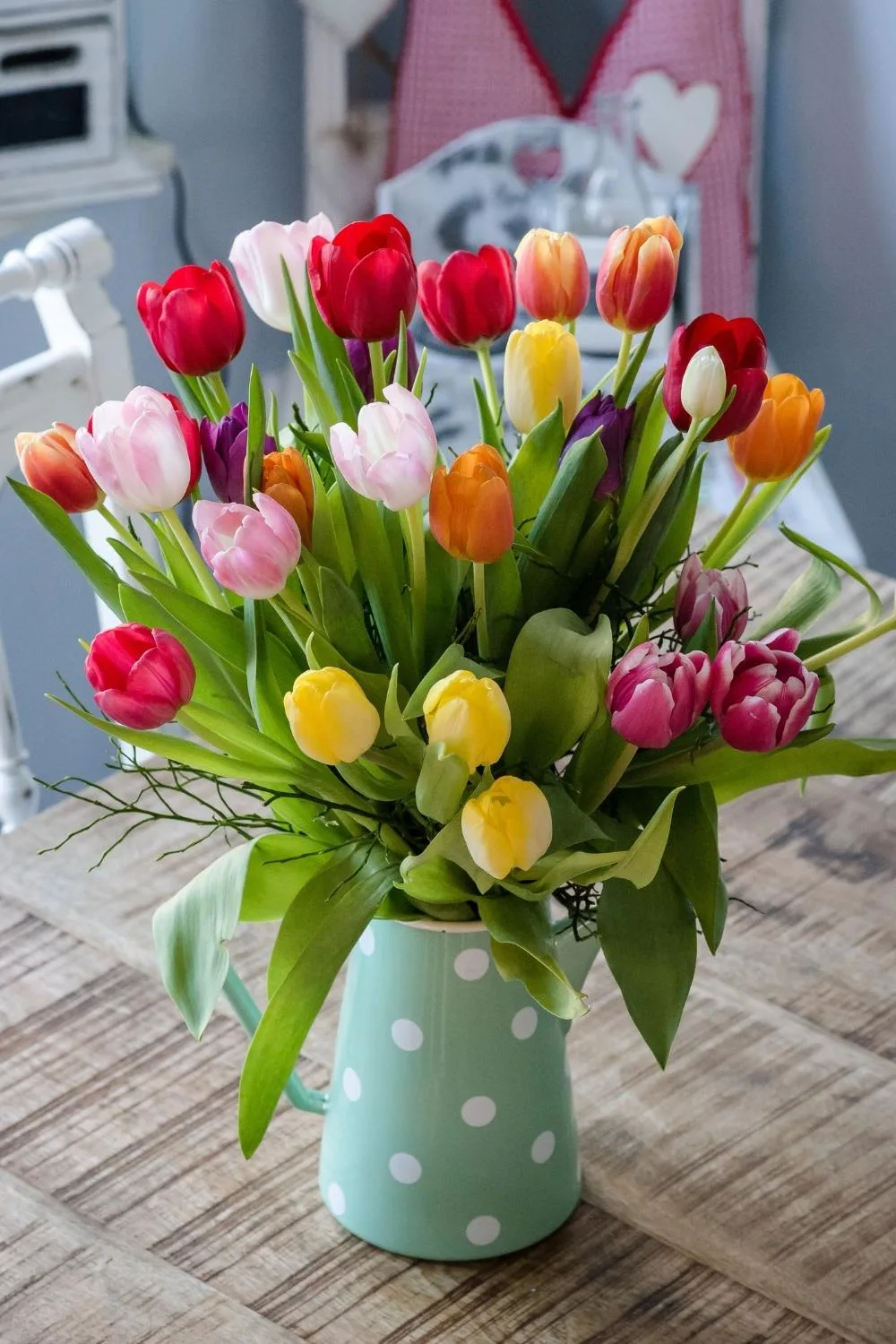
When cutting daffodils and tulips from your garden for indoors, choose buds that are about to open for a longer display. Fill clean vases to about a third or half with room-temperature water. Remove leaves that will sit in water. Keep out of direct sunlight and away from air conditioner or fan draughts. Replace water daily. Don’t place daffodils and tulips in the same vase because cut daffs emit a sap that prevents other flowers from taking up water. If you do end up with an arrangement, then wait a day before you add other cut flowers to the daffodils and change the water first.
How do I arrange bulbs in my garden?
If you have a pathway leading to the front door, concentrate your efforts there. Plant a deep path-bordering swathe of one variety – try tulips or daffodils – and then repeat the same bulb in large tubs either side of the front door. You can either go for a single colour scheme, or a lovely duo, such as cream and yellow, or pink and mauve.
Bulbs look wonderful planted in clumps, and the gaps at the front of an existing shrub bed offer ideal planting spots. In spring you’ll enjoy bright pops of flowers splashed against a background of green. So that they all bloom at around the same time, restrict your choices to just one or two favourite bulb varieties.
Create a mixed display of bulbs and annuals by over-planting with low growing annuals, such as pansies and violas. In mild climates, these will flower right through winter, so you’ll enjoy colour for many months. Or, plant spring annuals that bloom at the same time as the bulbs – tulips with forget-me-nots, or daffodils with the common daisy (Bellis perennis) – are classic combinations.
So you can enjoy the pleasures of bulbs every spring, include a few varieties that naturalise in the garden, reappearing year after year. Jonquils are great for this, as are snowflakes (Leucojum sp.), freesias, sparaxis, ipheion and Spanish bluebells. As with all bulbs, remember where they’re planted, so you don’t dig them up during their dormant period over summer.
Under lightly foliaged deciduous trees, where the lawn is thin and patchy, consider creating a woodland planting of bulbs. Scatter them by the handful and plant them where they land (top tip, use a bulb planter to make the job easier). Some of the best varieties for this landscape style are those that are happy in light shade, including bluebells, daffodils, snowflakes and snowdrops. After their foliage dies off at the end of spring, you can start mowing the grass again.
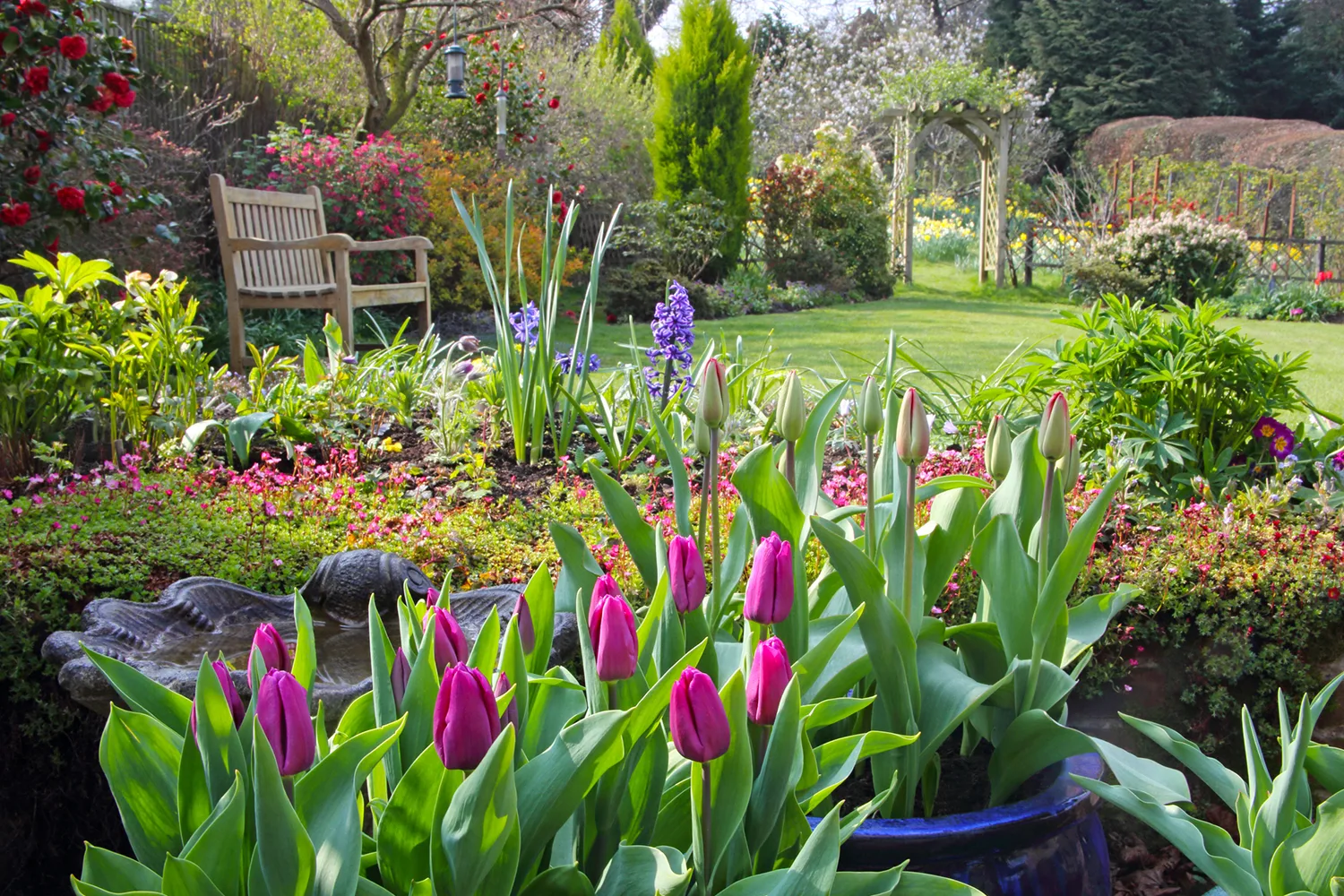
What are the bulbs in order of bloom?
With so many beautiful bulb varieties available, many of which start to bloom in August, you can enjoy fabulous garden colour across four months of the year. So get to know what flowers when, and plan an extended parade of brilliant blooms.
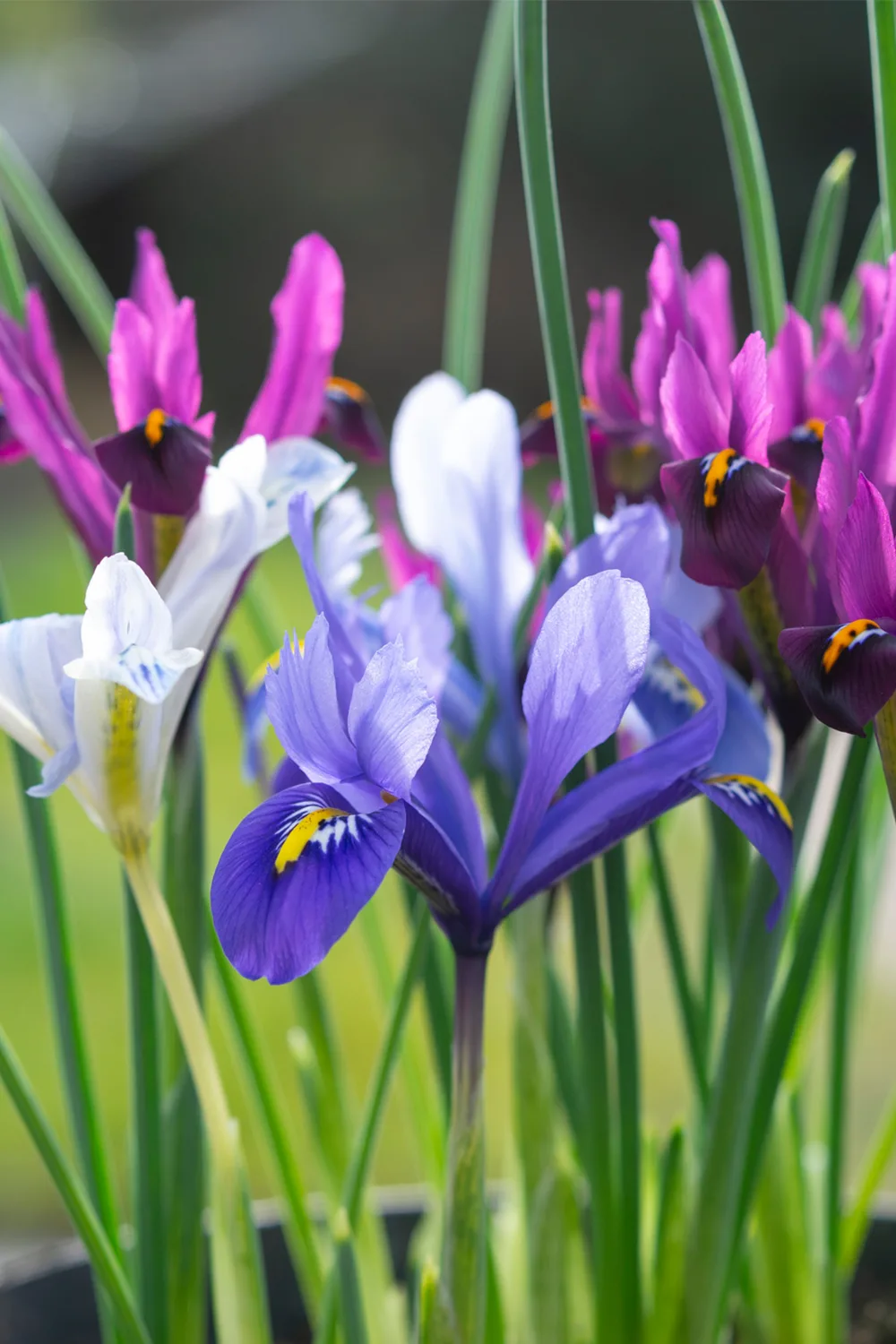
August
- Clivia
- Freesia
- Snowflake (Leucojum)
- Snowdrop (Galanthus)
- Hyacinth
- Lachenalia
- Jonquil
September and October
- Babiana
- Crocus
- Daffodil
- Freesia
- Hyacinth
- Dutch Iris
- Ixia
- Lachenalia
- Ranunculus
- Tulip
- Bluebell
- Sparaxis
- Watsonia
November
- Bearded iris
- Gladiolus
- Hippeastrum
- November lily
You may also like
How to grow bulbs in containers
How to plan your spring garden
Top 5 low maintenance bulbs for your garden
